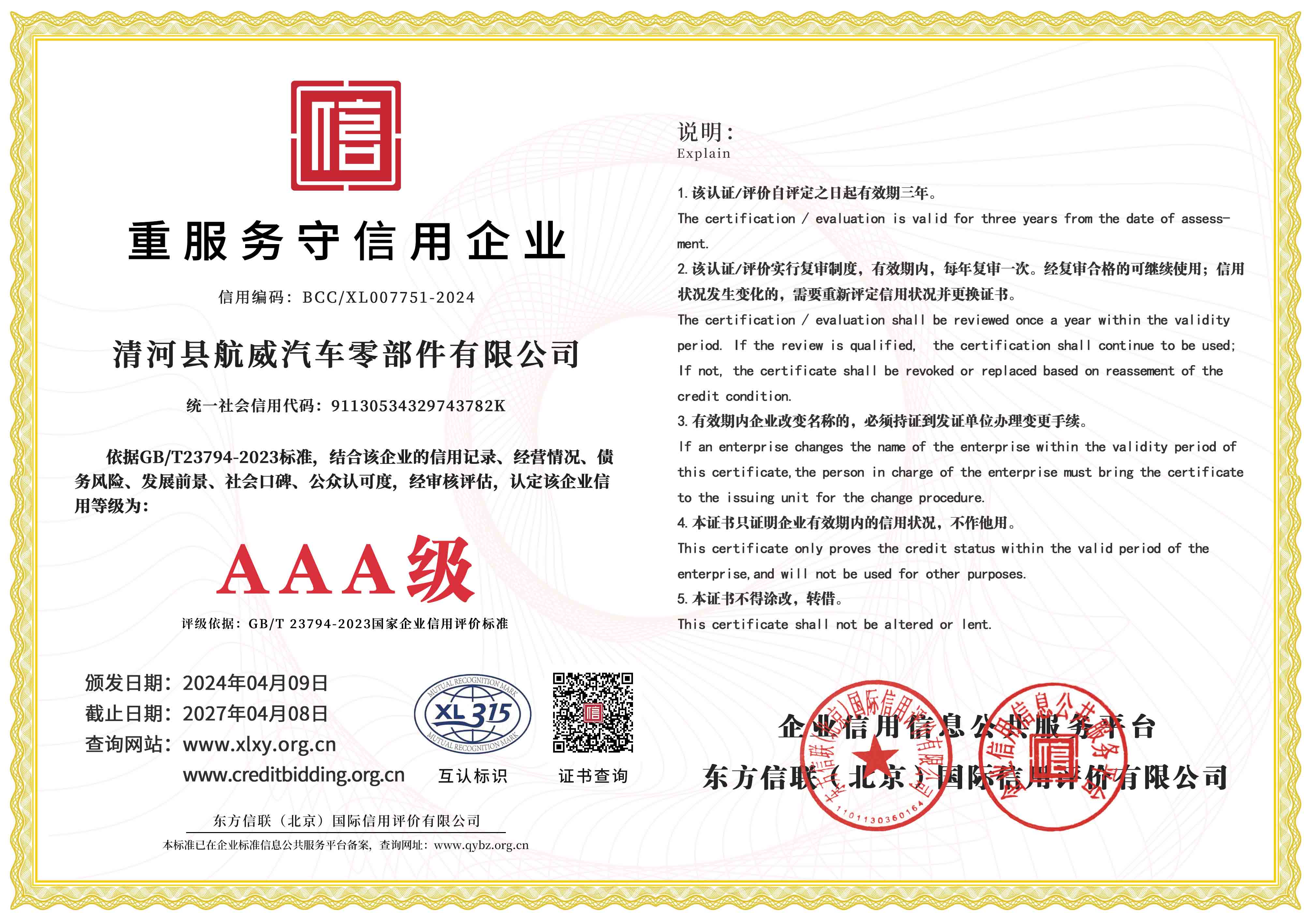Understanding the Mechanics of Cable Throttle Control in Modern Vehicles
Understanding Cable Throttle Pedals Function and Significance
The cable throttle pedal is a crucial component in many vehicles, especially those with older internal combustion engines. Unlike modern drive-by-wire systems that use electronic signals, cable throttle systems rely on a mechanical linkage between the accelerator pedal and the throttle body. This traditional mechanism has its advantages and unique characteristics that continue to be appreciated in various automotive applications.
At its core, the cable throttle pedal consists of a sensitive pedal connected to a flexible cable that runs to the engine's throttle body. When the driver presses down on the pedal, the cable pulls on a lever at the throttle body, allowing more air to enter the engine. This increase in airflow leads to a corresponding rise in engine power and acceleration. The system is relatively simple, making it easy to diagnose and repair, especially in older vehicles where electronic components might complicate repairs.
cable throttle pedal

One major advantage of cable throttle systems is the tangible feedback they provide to the driver. The direct mechanical connection between the pedal and the throttle allows for a more visceral driving experience. Many enthusiasts appreciate this directness, as they can feel engine response in a way that can be less pronounced in electronic systems. This responsiveness can enhance the driver's sense of control over the vehicle, especially in performance applications or off-road situations.
However, cable throttle systems are not without their drawbacks. Over time, cables can stretch, fray, or become obstructed, which can lead to performance issues or, in some cases, a complete failure of the throttle system. Regular maintenance is essential to ensure that the cable operates smoothly and without resistance. Lubrication and inspection for wear and tear should be routine practices for vehicle owners using this type of system.
In conclusion, while the automotive industry is leaning towards more advanced electronic throttle control systems, cable throttle pedals still hold a significant place in the hearts of many drivers. Their simplicity, reliability, and direct feel create a unique driving experience that is often preferred by enthusiasts. Whether in vintage cars or certain modern models, the cable throttle pedal serves as a reminder of the roots of automotive design and the enduring appeal of mechanical systems in an increasingly digital world.
-
Workings of Clutch Pipe and Hose SystemsNewsJun.04,2025
-
The Inner Workings of Hand Brake Cable SystemsNewsJun.04,2025
-
The Secrets of Throttle and Accelerator CablesNewsJun.04,2025
-
The Hidden Lifeline of Your Transmission Gear Shift CablesNewsJun.04,2025
-
Demystifying Gear Cables and Shift LinkagesNewsJun.04,2025
-
Decoding Clutch Line Systems A Comprehensive GuideNewsJun.04,2025
